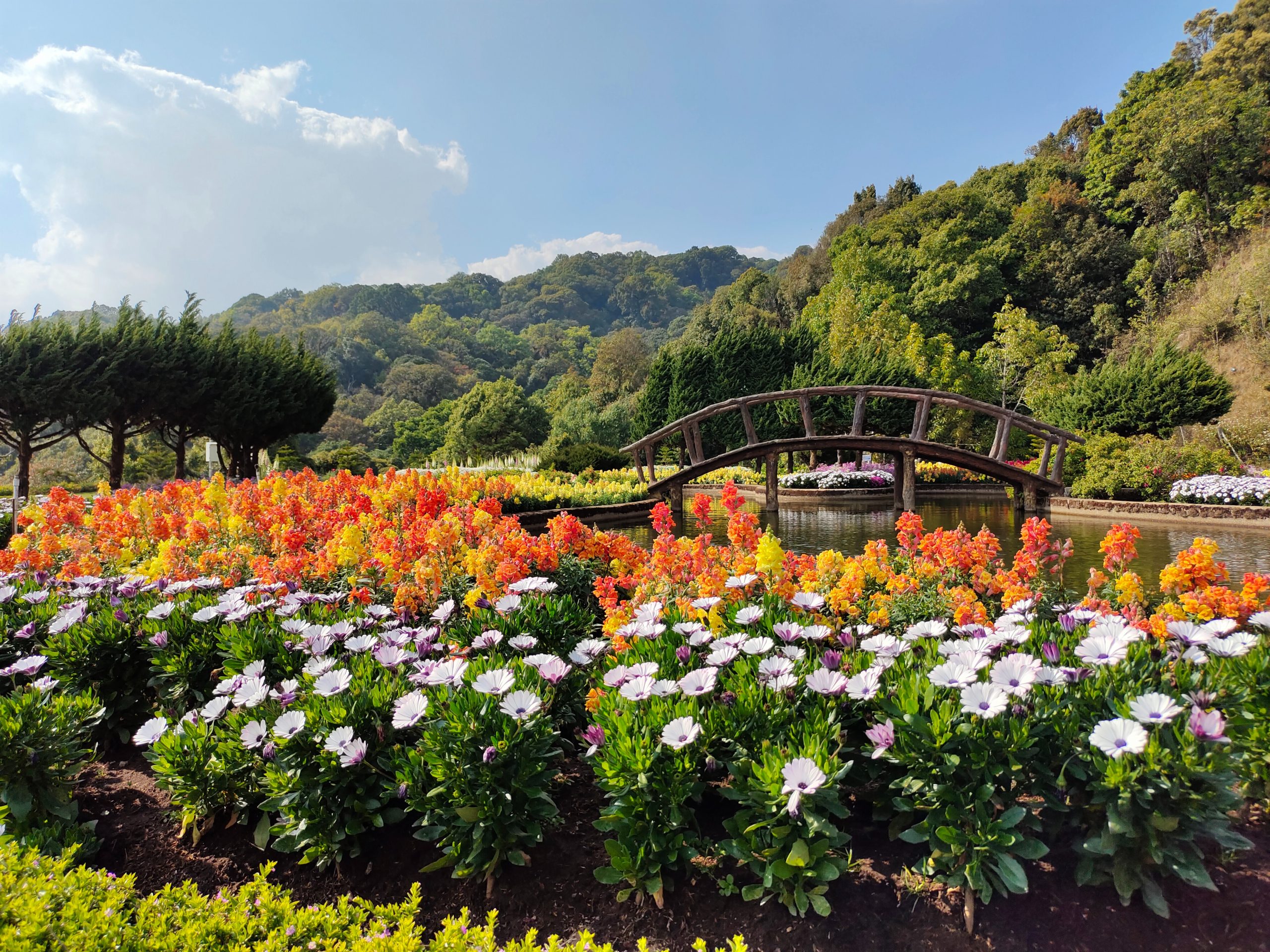In today’s fast-paced world, many urban dwellers yearn for a connection with nature. However, space constraints in cities often make it challenging to cultivate a traditional garden. That’s where vertical gardening comes in. This innovative gardening technique allows you to grow plants upward, rather than outward, maximizing your space and creating a beautiful green oasis in your home.
In this ultimate guide, we’ll walk you through the steps to create your own DIY vertical garden, so you can enjoy the beauty and benefits of nature in your own urban space.
Step 1: Choose the Right Location
Before you start building your vertical garden, it’s essential to find the right location. You’ll want an area that receives plenty of sunlight and has good drainage. Balconies, patios, and walls that get plenty of sun are excellent choices.
Step 2: Select the Right Plants
Next, you’ll need to choose the right plants for your vertical garden. The best options are those that grow tall and narrow, rather than wide and bushy. Some great choices include herbs like basil and mint, as well as vegetables like lettuce, spinach, and tomatoes.
Step 3: Build the Structure
Now that you have your location and plants selected, it’s time to build the structure of your vertical garden. You can use a variety of materials, including pallets, gutters, or even PVC pipes. The important thing is to make sure your structure is sturdy enough to hold the weight of your plants and soil.
Step 4: Add Soil and Plants
Once you’ve built your structure, it’s time to add soil and plants. Make sure you use a high-quality potting soil, as this will ensure your plants get the nutrients they need to thrive. As you add your plants, be sure to leave enough space between them, so they have room to grow.
Step 5: Water and Maintain
Finally, it’s time to water and maintain your vertical garden. Because your plants are growing in a smaller space, they will need more frequent watering than traditional gardens. Be sure to check your plants daily and water as needed. You can also add fertilizer to your soil to ensure your plants are getting the nutrients they need to grow.
In conclusion, DIY vertical gardening is an excellent way for urban dwellers to bring nature into their homes. With a little bit of planning and effort, you can create a beautiful and thriving garden in even the smallest of spaces. So why not give it a try and see the beauty and benefits of nature for yourself?




